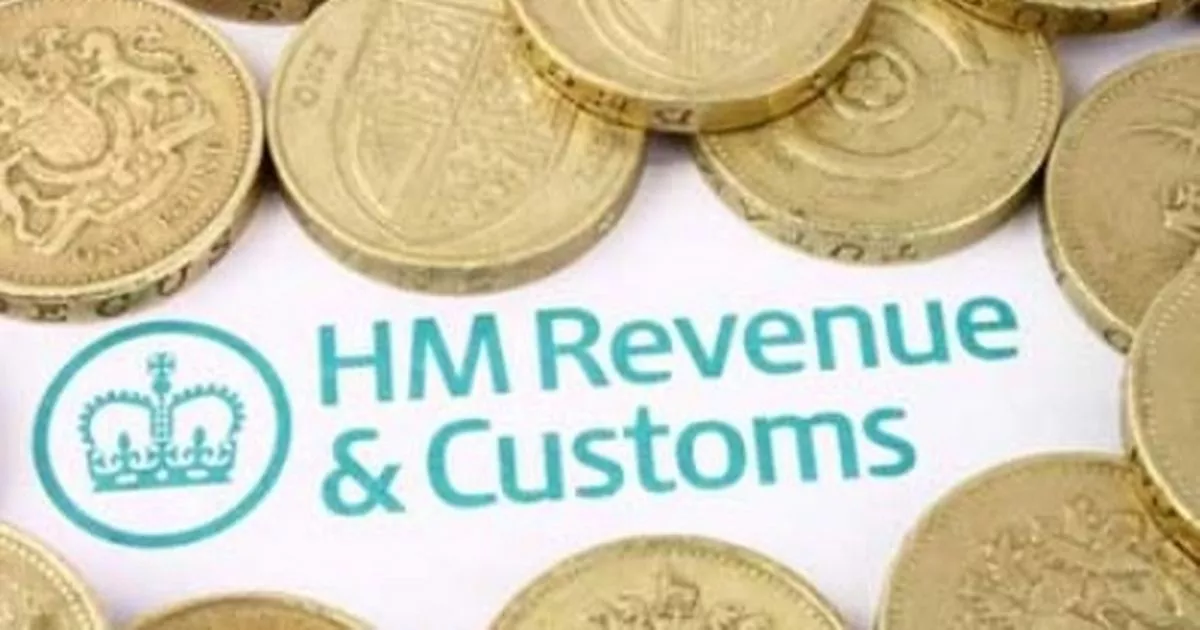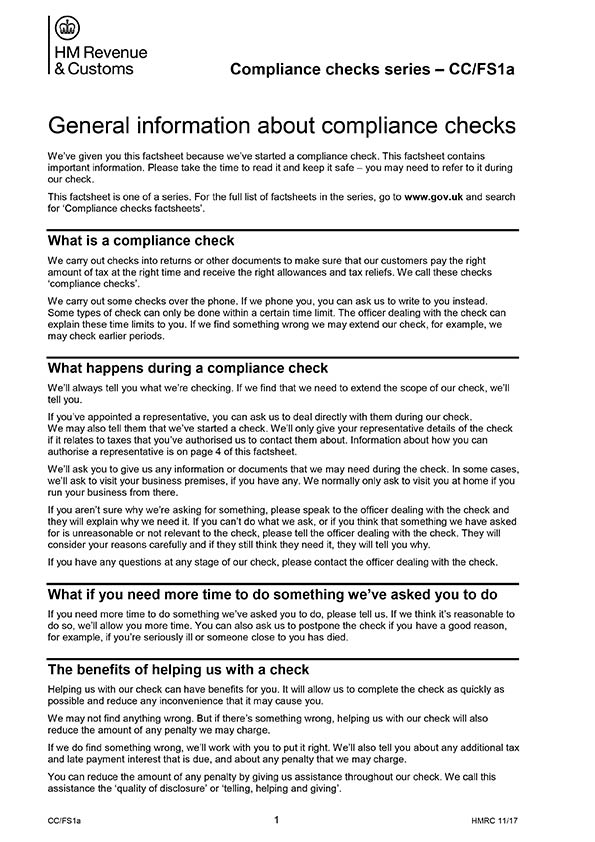HMRC Payslip Check: Claim Your Potential Refund Today

Table of Contents
Understanding Your Payslip and Tax Codes
Understanding your payslip is the first step towards identifying a potential HMRC tax rebate. Let's break down the key components and how they relate to your tax liability.
Deciphering Your Payslip
Your payslip contains crucial information for calculating your tax liability. Key elements include:
- Gross Pay: Your total earnings before any deductions. This is the foundation for calculating your income tax.
- Tax Deducted: The amount of income tax withheld from your gross pay. This is determined by your tax code.
- National Insurance Contributions (NICs): Contributions towards the UK's social security system.
- Net Pay: Your take-home pay after all deductions (tax, NICs, etc.).
Example 1: A payslip showing a high tax deduction despite a relatively low gross pay might indicate a tax code error.
Example 2: A payslip with a consistent tax deduction over several months that seems higher than expected could point towards an overpayment.
Tax Codes Explained
Your tax code dictates how much income tax your employer deducts from your earnings. Common tax codes include 1257L, 1100L, and BR. Errors in tax code allocation are a frequent cause of overpayment.
- Incorrect Tax Code: A wrong tax code assigned by HMRC can lead to too much tax being deducted throughout the year.
- Changes in Circumstances: Failing to inform HMRC of significant life events (marriage, new job, etc.) can result in an incorrect tax code and subsequent overpayment.
For a comprehensive understanding of tax codes, visit the official .
Identifying Potential Overpayment
Several factors can lead to overpaying tax. By carefully reviewing your payslips and comparing them to your tax return, you can identify potential overpayments.
Common Reasons for Overpayment
- Changes in Circumstances: Getting married, starting a new job, or moving house all necessitate updating your tax details with HMRC. Failure to do so can result in overpayment. For example, a change in marital status could impact your tax code, leading to an incorrect amount of tax being deducted.
- Incorrect Tax Codes: As mentioned earlier, an incorrect tax code is a common cause of overpayment.
- Multiple Jobs: If you have more than one job, the tax deducted from each might not be properly coordinated, potentially resulting in an overall overpayment.
Hypothetical Scenario: Imagine earning £30,000 annually and having £2,000 more tax deducted than should have been, based on your tax code and circumstances. This represents a potential tax refund of £2,000.
Comparing Your Payslip to Your Tax Return
Discrepancies between your payslip deductions and your Self Assessment tax return can highlight overpayment.
- Step-by-step guide:
- Gather all your payslips from the tax year.
- Obtain your P60 (end-of-year tax summary).
- Compare the total tax deducted across all your payslips to the tax reported on your P60 and Self Assessment return.
- Any significant difference suggests potential overpayment.
Keeping meticulous records of your payslips and tax documents is crucial for a successful claim.
How to Claim Your HMRC Tax Refund
Claiming your HMRC tax refund involves gathering necessary documents and navigating the HMRC online portal.
Gathering Necessary Documents
To support your claim, you will need:
- P60: Your end-of-year tax statement.
- Payslips: All payslips from the tax year in question.
- Bank Statements: To provide your bank details for the refund payment.
Organize these documents neatly before proceeding with your claim.
The HMRC Online Portal
Submitting your claim online via the HMRC portal is the most efficient method.
- Step-by-step instructions: Log in to your HMRC account, navigate to the tax repayment section, upload your documents, and submit your claim. (Screenshots would be helpful here in a visual guide).
- Alternative Methods: If online access is unavailable, you can contact HMRC directly or seek assistance from a tax advisor.
Remember to keep a record of your claim reference number.
Understanding the Claim Process Timeline
HMRC typically processes tax refund claims within several weeks, although it can sometimes take longer.
- Tracking Your Claim: Regularly check your HMRC online account for updates on your claim's progress.
- Delays or Rejection: If your claim is delayed or rejected, contact HMRC immediately to understand the reason and take necessary steps.
Conclusion
Conducting an HMRC payslip check is crucial for identifying potential tax refunds. By carefully reviewing your payslips, comparing them to your tax return, and following the steps outlined above, you can claim back what's rightfully yours. Don't let potential tax refunds go unclaimed! Take control of your finances and conduct your HMRC payslip check today. Claim what's rightfully yours! Start your HMRC payslip review now and potentially receive a significant tax repayment.

Featured Posts
-
 Hmrc Savings Refunds Are You Missing Out
May 20, 2025
Hmrc Savings Refunds Are You Missing Out
May 20, 2025 -
 Trump Era Aerospace Deals Assessing The Impact And Transparency
May 20, 2025
Trump Era Aerospace Deals Assessing The Impact And Transparency
May 20, 2025 -
 Michael Kors Expands Reach Luxury Goods Now On Amazon
May 20, 2025
Michael Kors Expands Reach Luxury Goods Now On Amazon
May 20, 2025 -
 Experience Culinaire Restaurant Rooftop Galeries Lafayette Biarritz Avant Pau
May 20, 2025
Experience Culinaire Restaurant Rooftop Galeries Lafayette Biarritz Avant Pau
May 20, 2025 -
 Check Your Payslip Are You Due An Hmrc Refund
May 20, 2025
Check Your Payslip Are You Due An Hmrc Refund
May 20, 2025
